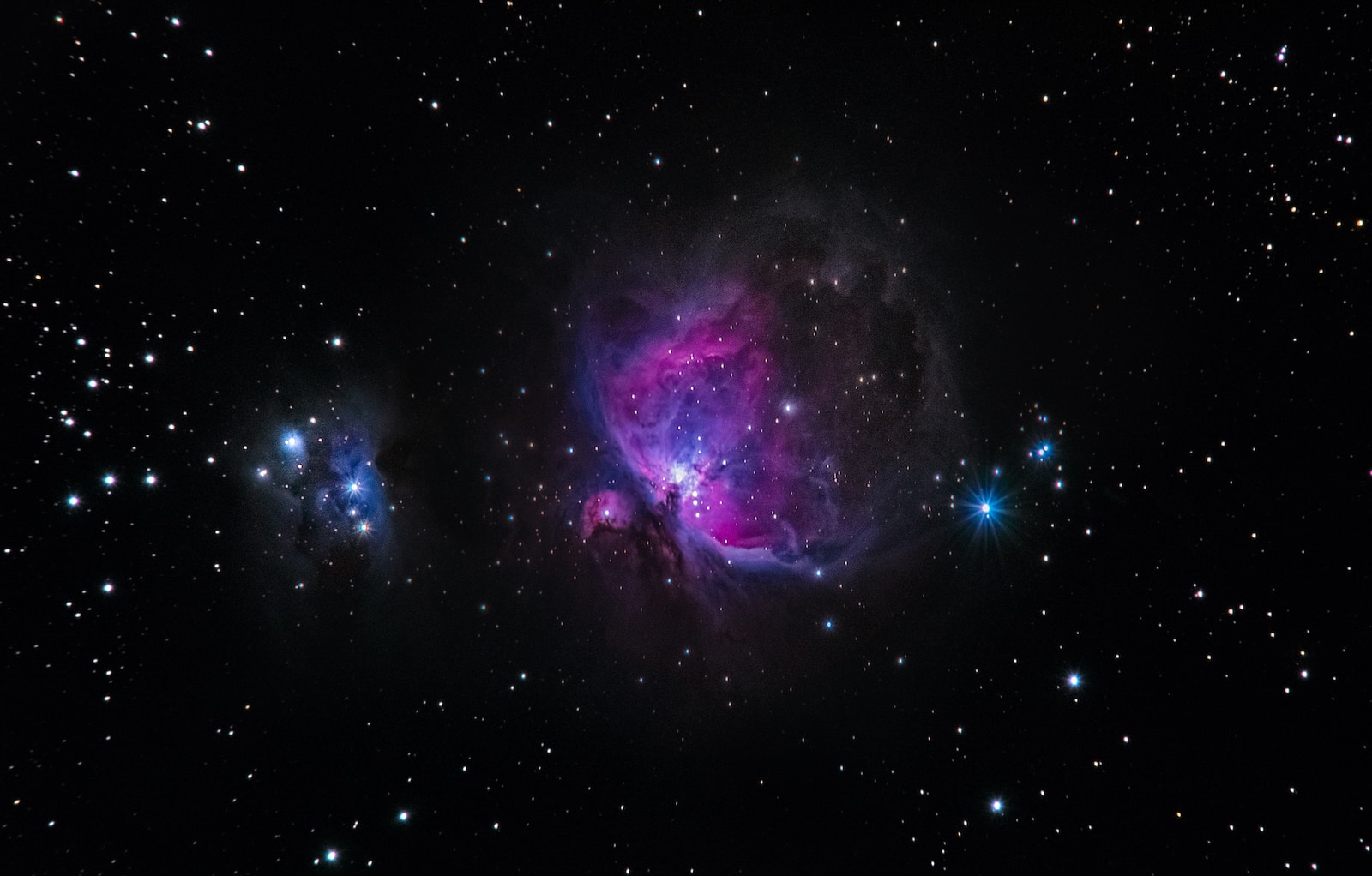Table of Contents
ToggleIntroduction
The universe never ceases to amaze us with its wonders. This weekend, get ready to witness three spectacular celestial events that will light up the sky. From Aquariids meteor shower to the May Flower Moon and a penumbral lunar eclipse, the sky will be a beautiful sight to behold. In this article, we’ll delve deeper into these events and how you can observe them.
Aquariids Meteor Shower: A Glimpse of Shooting Stars
The Aquariids meteor shower is an annual event that lasts from April 19 to May 28. This year, the meteor shower will be at its peak on May 7, with an estimated 20 meteors per hour. Although the event will last for a few weeks, the best time to observe the meteor shower is just before dawn on Friday, Saturday, or Sunday. The radiant rises a few hours before the sun, limiting the evening hours in which you can see them.
To observe the meteor shower, you don’t need any special equipment. You can simply go outside, find a dark spot with an unobstructed view of the sky, and look up. According to the American Meteor Society, the best way to observe the meteor shower is to put the moon at your back and look for fast meteors shooting upward from the eastern horizon. The Aquariids meteor shower produces meteors that are faster than others, which means they tend to produce more persistent trains, smoke trails caused by the disintegration of the blazing fast meteors.
May Flower Moon: A Rare Celestial Alignment
The May Flower Moon, also known as the Full Flower Moon, is the first full moon of the “month of flower.” This year, the May Flower Moon will be nearly aligned with the sun and Earth, creating a penumbral lunar eclipse. A penumbral lunar eclipse is when the moon enters Earth’s outer shadow, causing a dimming of the lunar surface. The event will occur between 11:13 a.m. and 3:31 p.m. ET on Friday, but it won’t be visible in the Americas because the moon isn’t up then. However, it will cause a dimming of the lunar surface for those in Africa, Asia, and Australia.
To observe the May Flower Moon, you can simply step outside and look up at the sky. The moon will be bright and visible in the night sky. This is a rare celestial alignment that you don’t want to miss.
Penumbral Lunar Eclipse: A Dimming of the Moon
During a penumbral lunar eclipse, the moon passes through Earth’s outer shadow, appearing as if it is dimming, but not completely darkening like a total lunar eclipse. The event will be between 11:13 a.m. and 3:31 p.m. ET on Friday, but it won’t be visible in the Americas because the moon isn’t up then. The dimming of the moon is very slight, but if you are in a dark place, you may notice that the full moon is not quite as bright as normal.
Although the penumbral lunar eclipse is not as dramatic as a total lunar eclipse, it is still a fascinating event to observe. If you are in Africa, Asia, or Australia, you can step outside and witness this rare celestial event.
Other Opportunities to Observe Meteor Showers and Celestial Events
If you missed the peak of the Aquariids meteor shower, don’t worry. There are plenty of other opportunities to observe meteor showers and celestial events throughout the year. Here are the remaining meteor showers of 2023 and their peak dates:
- Southern Delta Aquariids: July 30-31
- Alpha Capricornids: July 30-31
- Perseids: August 12-13
- Orionids: October 20-21
- Southern Taurids: November 4-5
- Northern Taurids: November 11-12
- Leonids: November 17-18
- Geminids: December 13-14
- Ursids: December 21-22
Moreover, there are other opportunities to observe eclipses, both solar and lunar, throughout the year. On October 14, an annular solar eclipse will take place in North, Central, and South America. On October 28, a partial lunar eclipse will be viewable in Europe, Asia, Australia, Africa, parts of North America, and much of South America.
Conclusion
The universe never ceases to amaze us with its wonders, and this weekend is no exception. Witness three spectacular celestial events that will light up the sky: Aquariids meteor shower, May Flower Moon, and penumbral lunar eclipse. Although the events may be hindered by light interference, you can still observe them by finding a dark spot with an unobstructed view of the sky. These celestial events are a reminder of the beauty and wonder of our universe.








1 thought on “3 Must-See Celestial Events in the Sky this Weekend”
Pingback: How to Watch the Summer Solstice's Celestial Alignment? - Sustainability Awakening